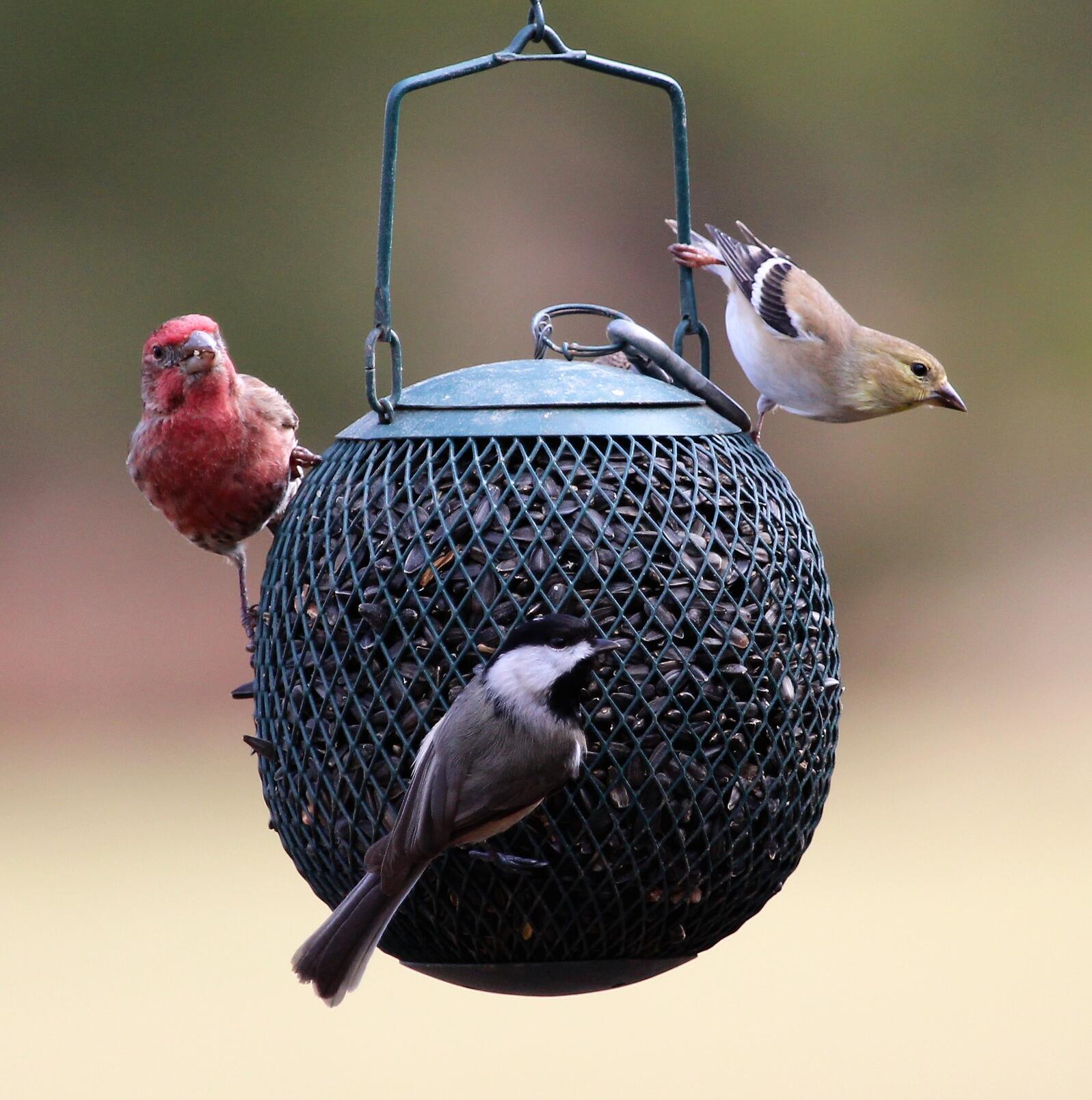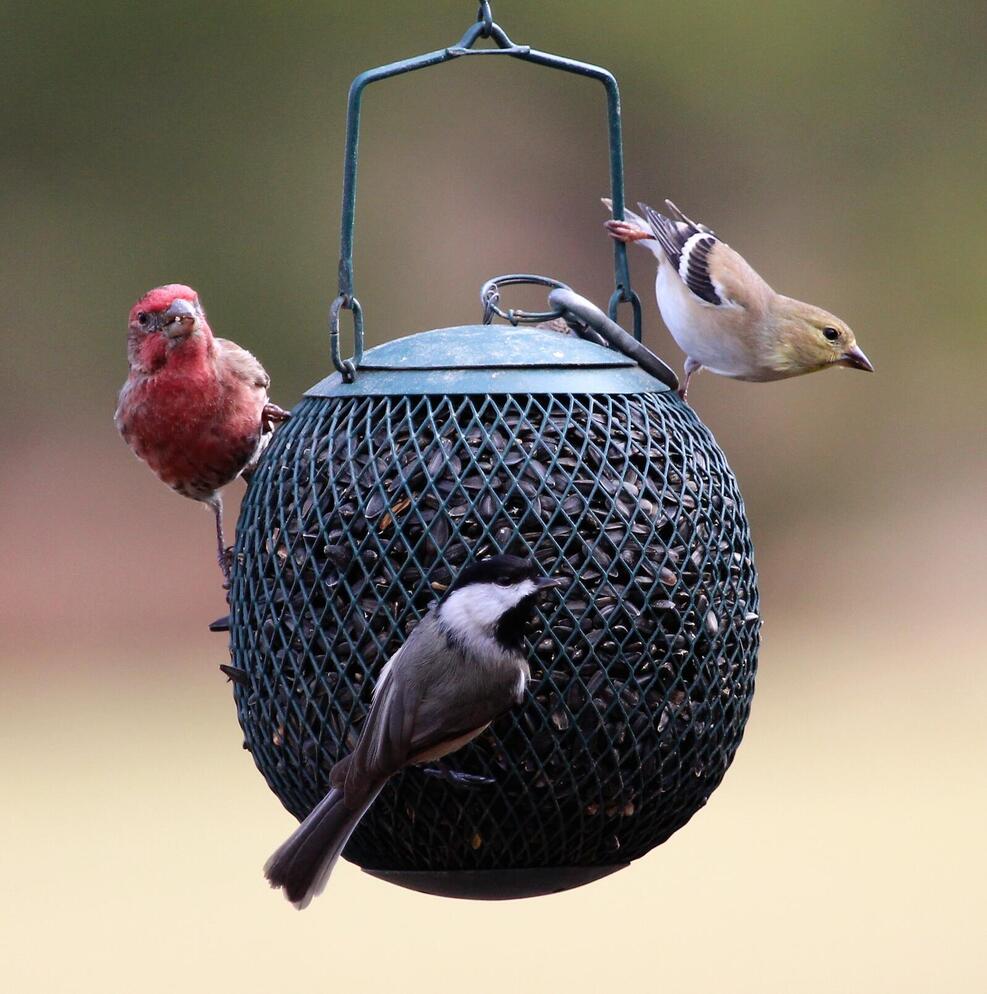For Immediate Release: August 5, 2021
Media Contact: Doug Morin 802-793-3837; Mark Scott 802-777-4217
VT Fish & Wildlife Monitoring Bird Deaths in Other States
The Vermont Fish and Wildlife Department is monitoring an ongoing event of bird deaths in mid-Atlantic and midwestern states.
“This mortality event has been documented in Maryland, Virginia, West Virginia, Kentucky, Delaware, New Jersey, Pennsylvania, Ohio, and Indiana,” said Doug Morin, Vermont Fish and Wildlife’s ornithologist. “No confirmed cases have occurred in New England, including Vermont.”
“The cause of the event remains unknown. The most commonly affected birds are juvenile blue jays, European starlings, American robins, and common grackles.”
Morin offers the following suggestions for Vermonters who want to help birds around their homes:
- Take down bird feeders and bird baths which concentrate birds and can increase the likelihood of spreading disease. With abundant natural foods, birds do not need feeders.
- Maintain a mix of native plants around the home and neighborhood. Native plants support food resources and habitats for birds.
- Keep cats indoors. Domestic cats are the leading human-related cause of death for birds in North America.
Morin says Vermont Fish and Wildlife will continue to remain in contact with the agencies involved in tracking and identifying the cause of the event and share relevant information as it becomes available. Updates directly from the USGS Interagency team can be found at https://tinyurl.com/4esv6bux.
###
For more information from the National Audubon Society click here.





